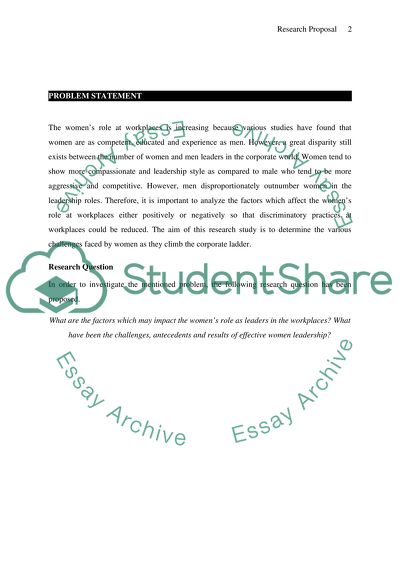Cite this document
(The Factors Affecting the Womens Role as a Leader in the Workplaces Research Proposal, n.d.)
The Factors Affecting the Womens Role as a Leader in the Workplaces Research Proposal. Retrieved from https://studentshare.org/human-resources/1569512-research-proposal
The Factors Affecting the Womens Role as a Leader in the Workplaces Research Proposal. Retrieved from https://studentshare.org/human-resources/1569512-research-proposal
(The Factors Affecting the Womens Role As a Leader in the Workplaces Research Proposal)
The Factors Affecting the Womens Role As a Leader in the Workplaces Research Proposal. https://studentshare.org/human-resources/1569512-research-proposal.
The Factors Affecting the Womens Role As a Leader in the Workplaces Research Proposal. https://studentshare.org/human-resources/1569512-research-proposal.
“The Factors Affecting the Womens Role As a Leader in the Workplaces Research Proposal”, n.d. https://studentshare.org/human-resources/1569512-research-proposal.


